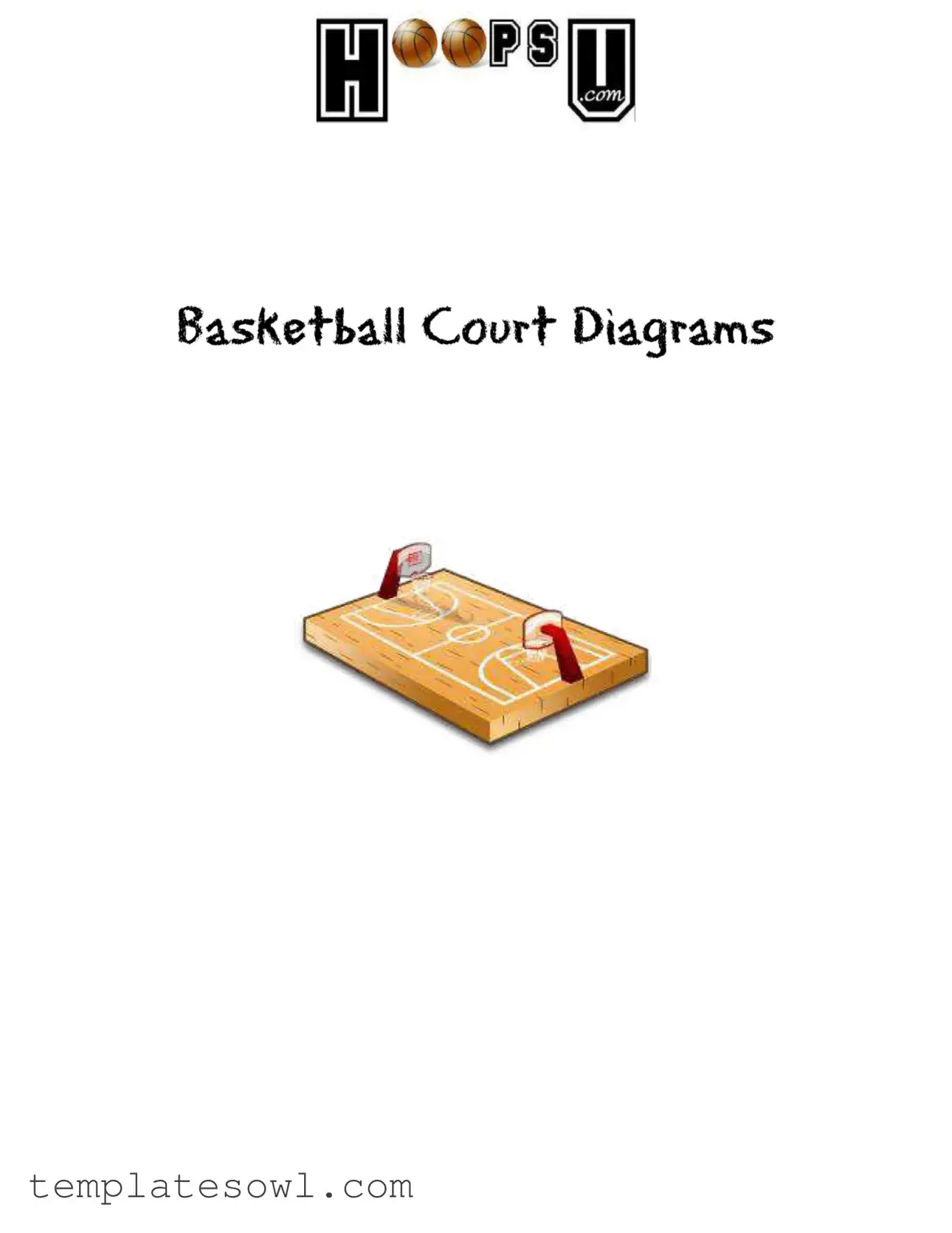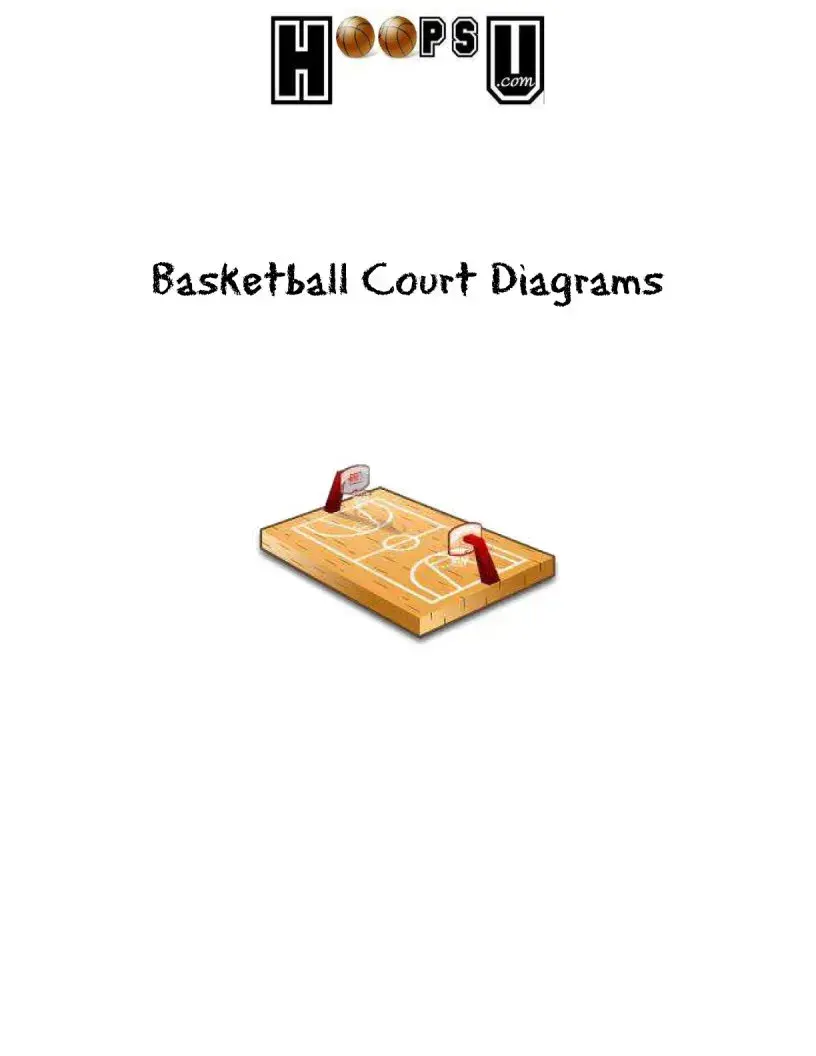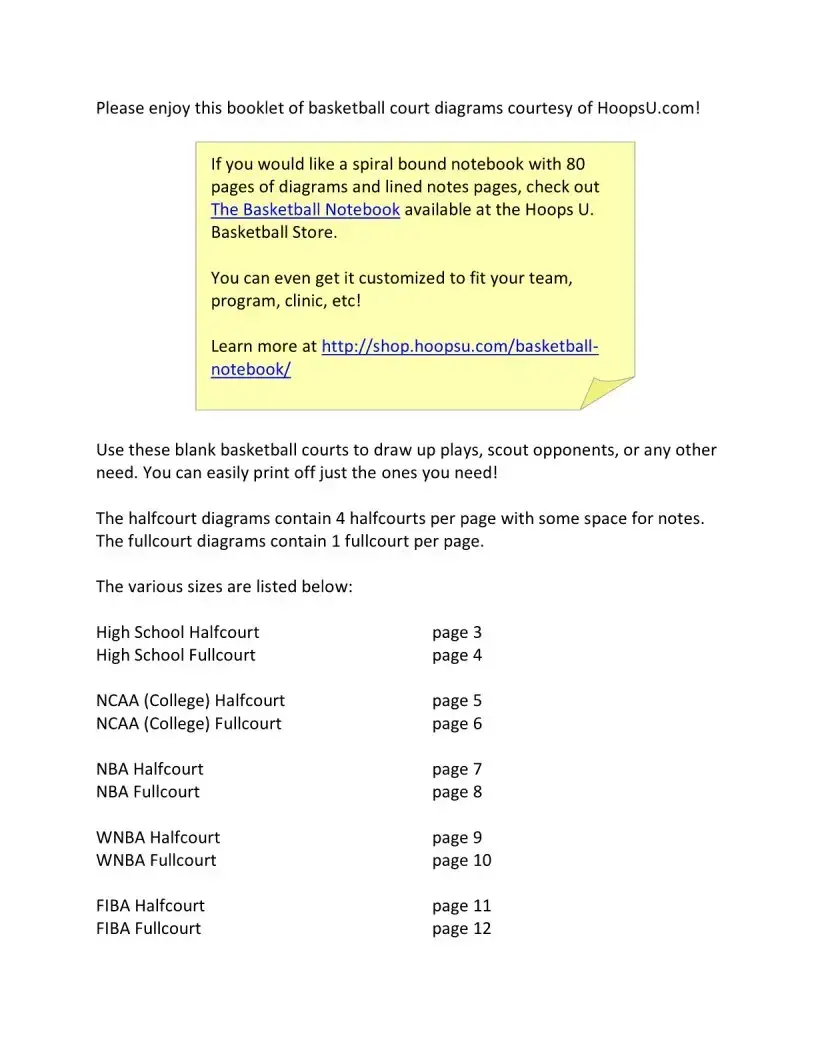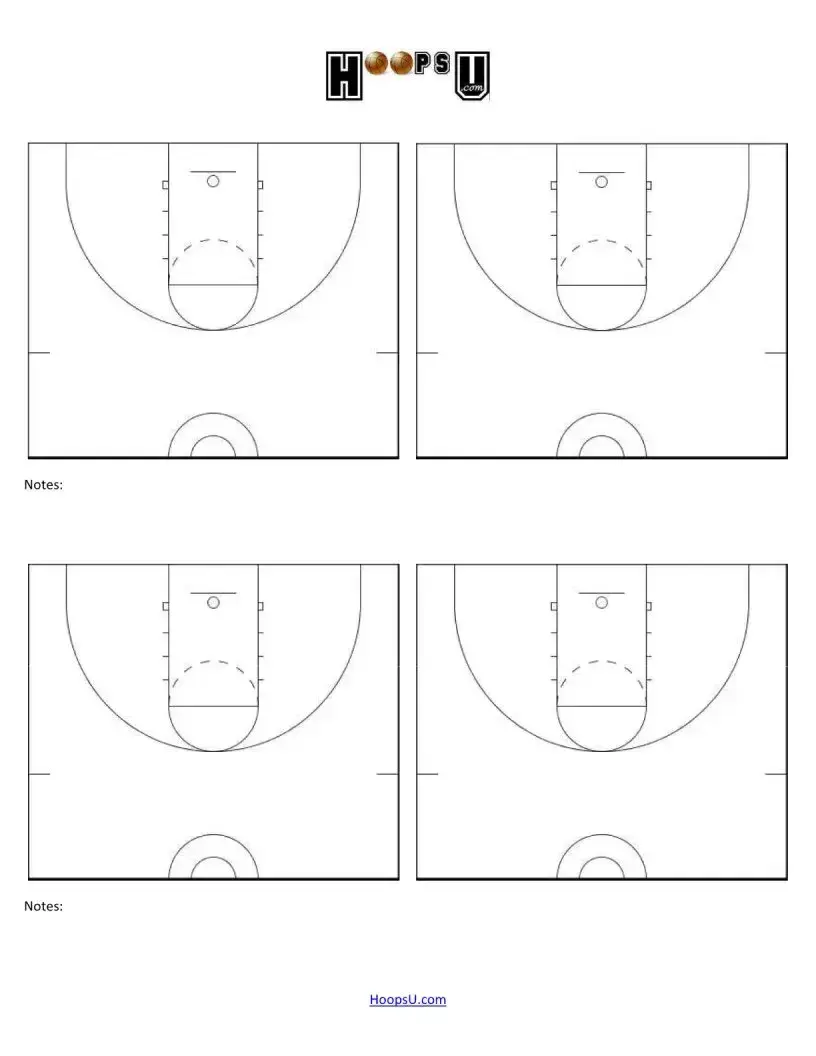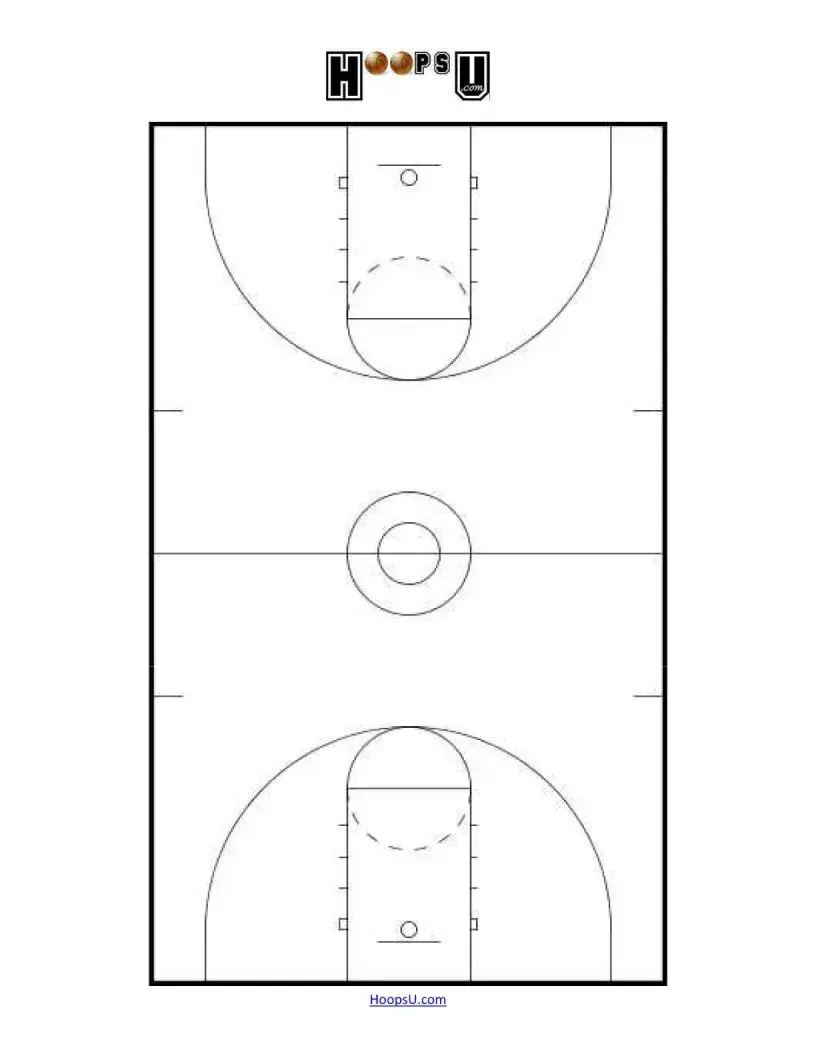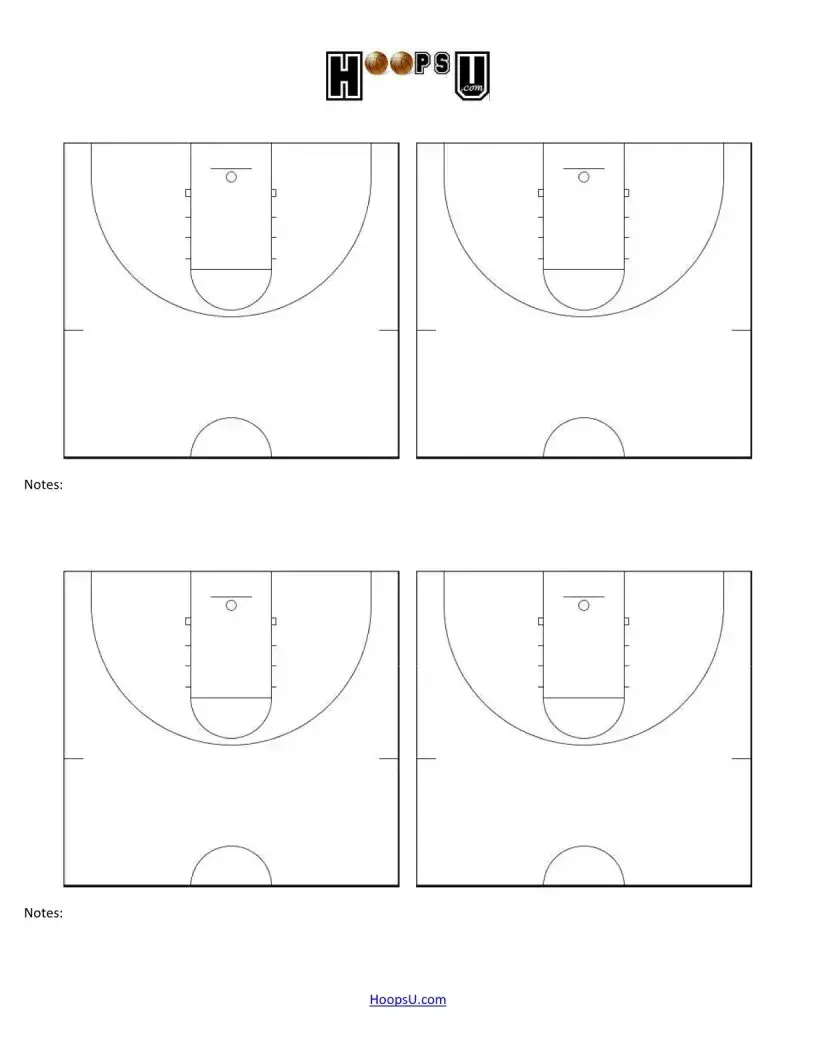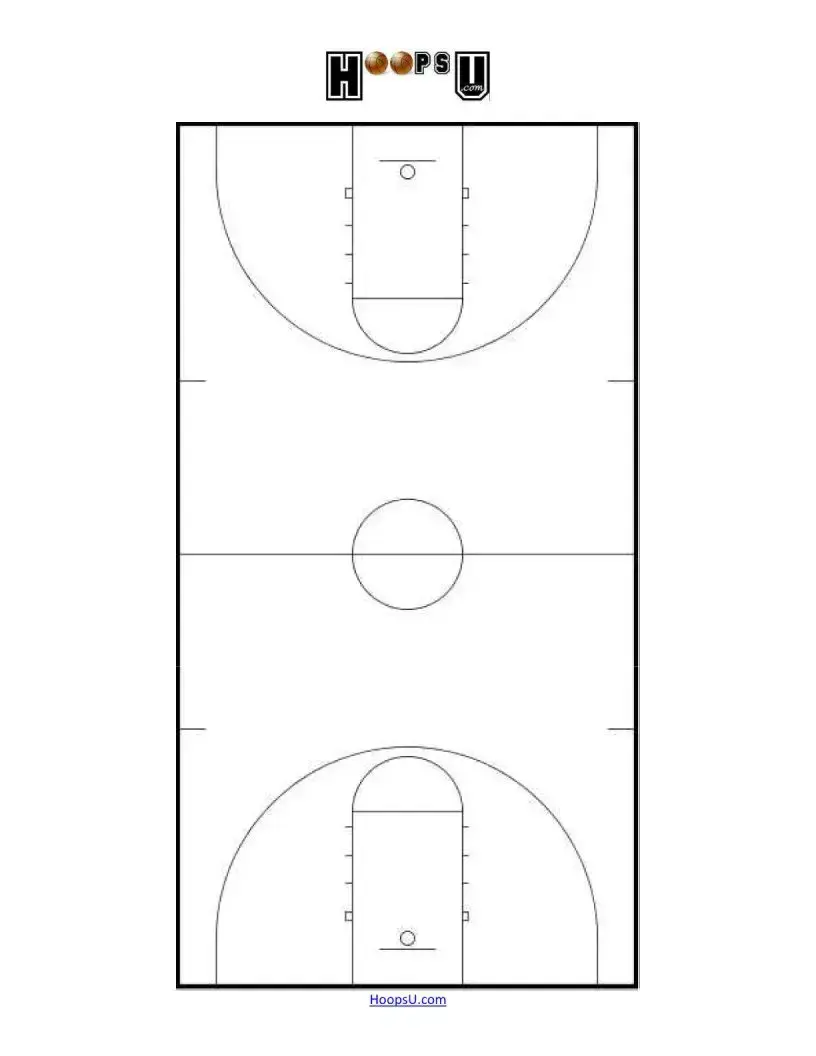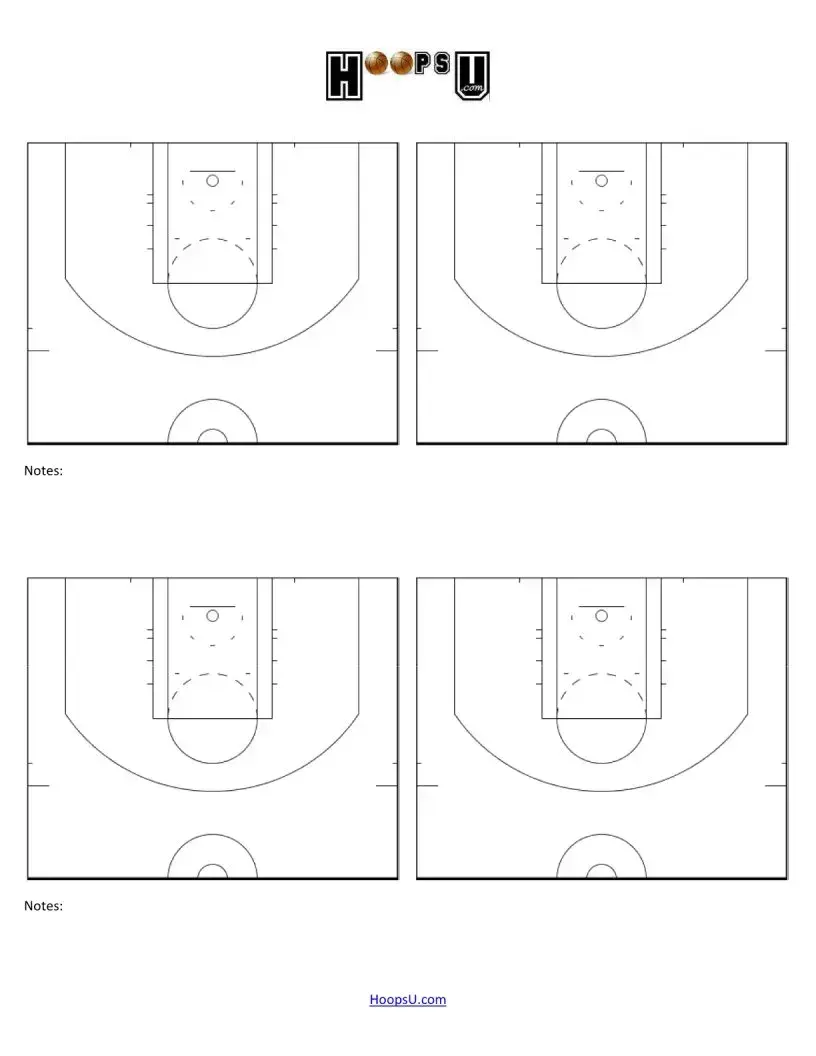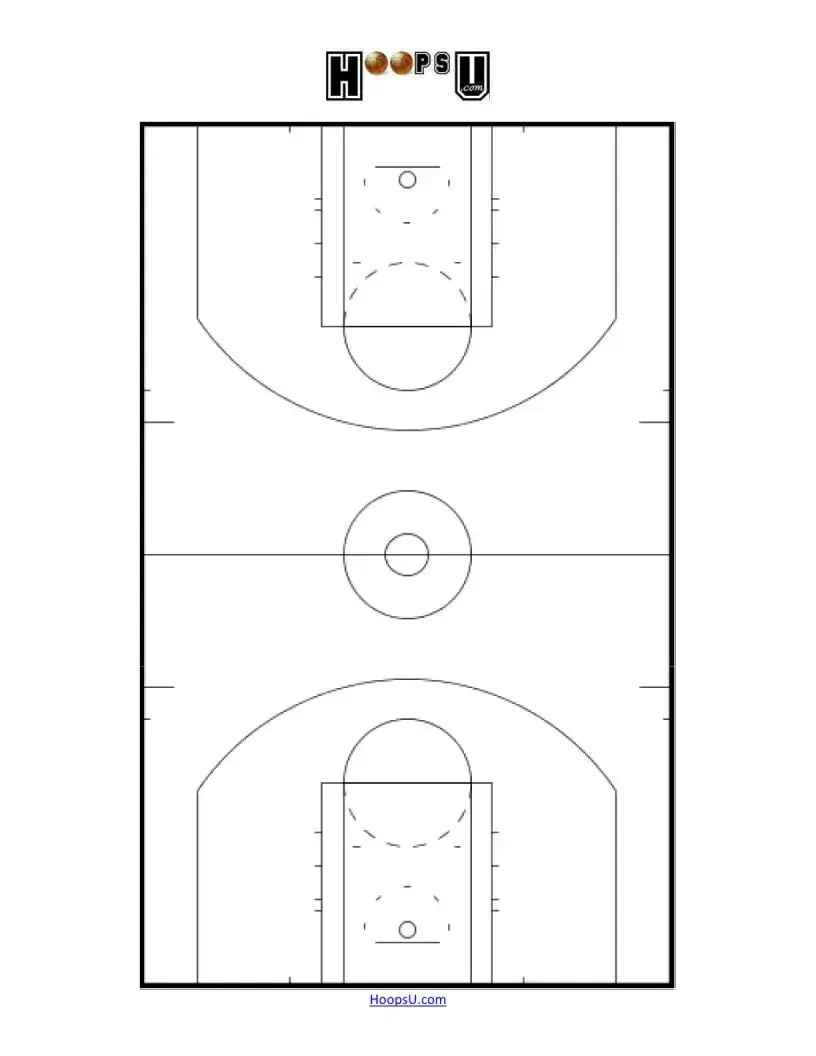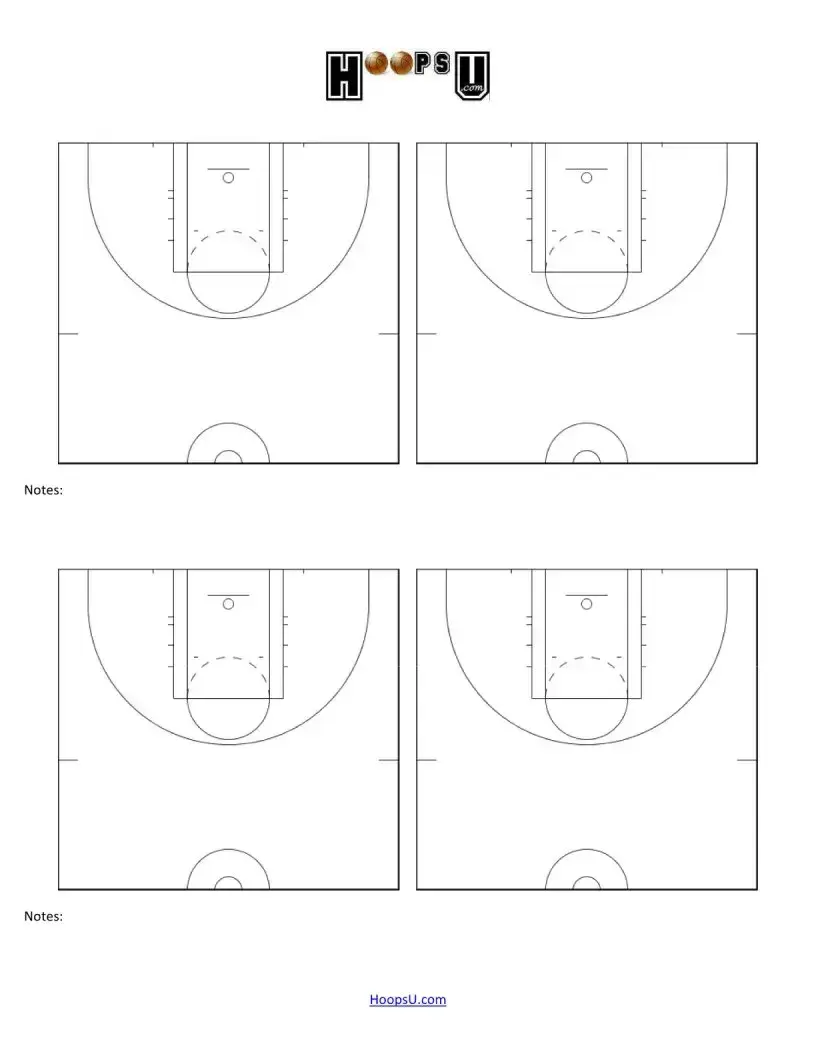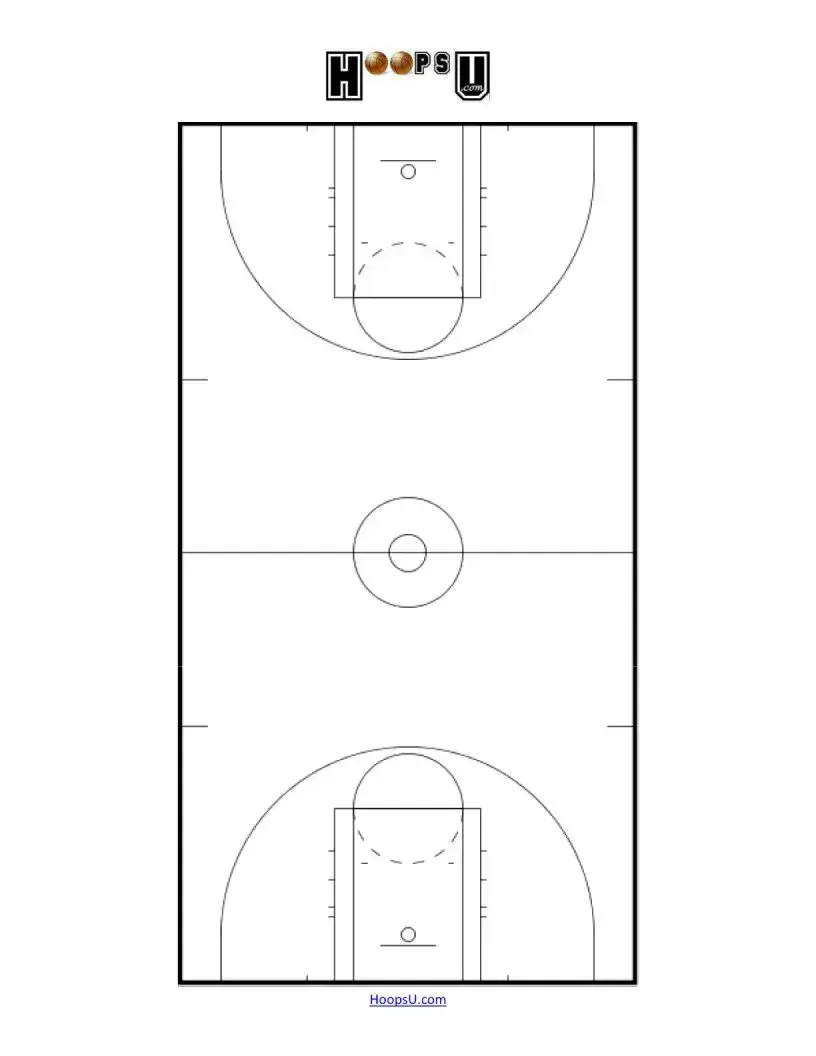What is the purpose of the Diagrams Court form?
The Diagrams Court form is designed to provide basketball enthusiasts, coaches, and players with a visual aid to enhance their strategic planning and gameplay. It features blank basketball court diagrams that can be used to draw up plays, scout opponents, or serve other basketball-related needs. This resource can be particularly beneficial for understanding court layouts at different competitive levels.
What types of diagrams are included in the booklet?
The booklet contains a variety of diagrams tailored to different basketball formats. Specifically, it includes high school, NCAA, NBA, WNBA, and FIBA court diagrams, both in halfcourt and fullcourt versions. This diversity enables users to prepare for games at various competitive levels and adjust their strategies accordingly.
Can I customize the diagrams for my team?
Yes, the Diagrams Court form offers customization options. Users can select specific diagrams that fit their team, program, or clinic needs. Furthermore, there is an option to have a spiral-bound notebook with these diagrams customized to meet the specific requirements of your group, providing a personal touch for your strategic discussions.
How can I use the diagrams effectively?
To utilize the diagrams effectively, start by determining what plays or strategies you wish to illustrate. Use the blank spaces to annotate your thoughts or to provide context for the diagram. Whether for practice sessions or game preparation, employing these visual tools can enhance communication and understanding among team members.
Are there note-taking elements included in the diagrams?
Yes, both the halfcourt and fullcourt diagrams include areas for notes. This feature allows users to jot down key observations or strategies related to specific plays, making it easier to reference during practice or games.
Can I print the diagrams directly from the booklet?
The diagrams can be printed off as needed, allowing users to select specific pages or formats that align with their planning requirements. This flexibility ensures that you only use the diagrams that are most relevant to your needs, optimizing both time and resources.
Where can I purchase the notebook containing these diagrams?
The notebook with the basketball diagrams is available at the Hoops U. Basketball Store. You can choose to purchase a standard notebook or opt for a customized version based on your preferences. This easily accessible resource ensures that you have all the necessary tools at hand for effective game planning.
Is there a digital version of the diagrams available?
The information provided does not specify the availability of a digital version of the diagrams. Users interested in obtaining a digital format may want to contact Hoopsll.com or the Hoops U. Basketball Store directly for further assistance or to inquire about potential digital offerings.
How many diagrams are included in the booklet?
The booklet contains a total of 80 pages filled with basketball court diagrams and lined notes pages. This substantial amount of material allows for extensive planning, offering ample opportunities for coaches and players to develop and refine their strategies.
